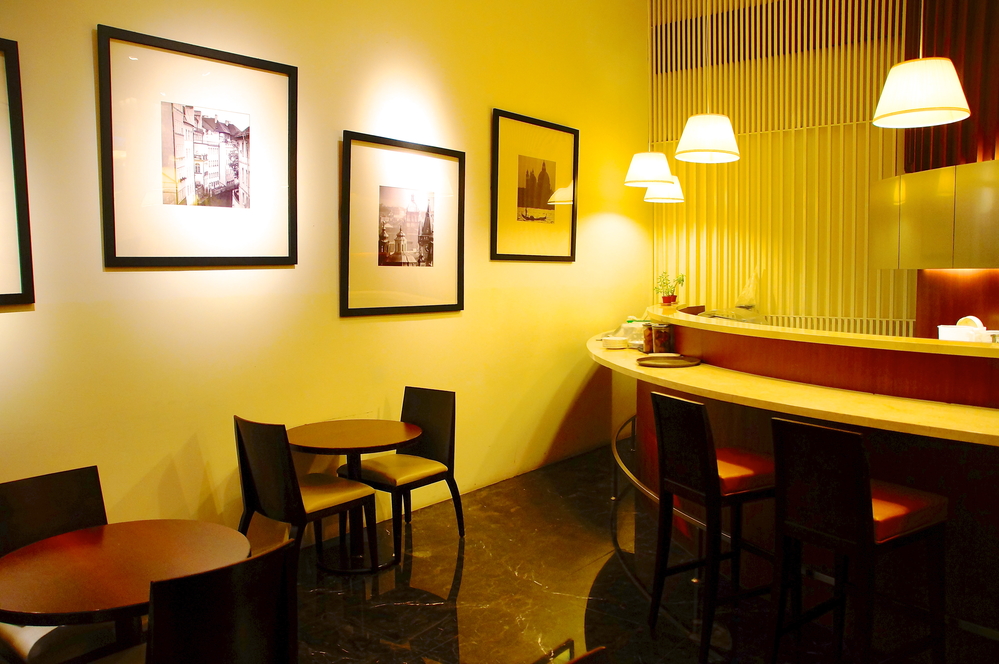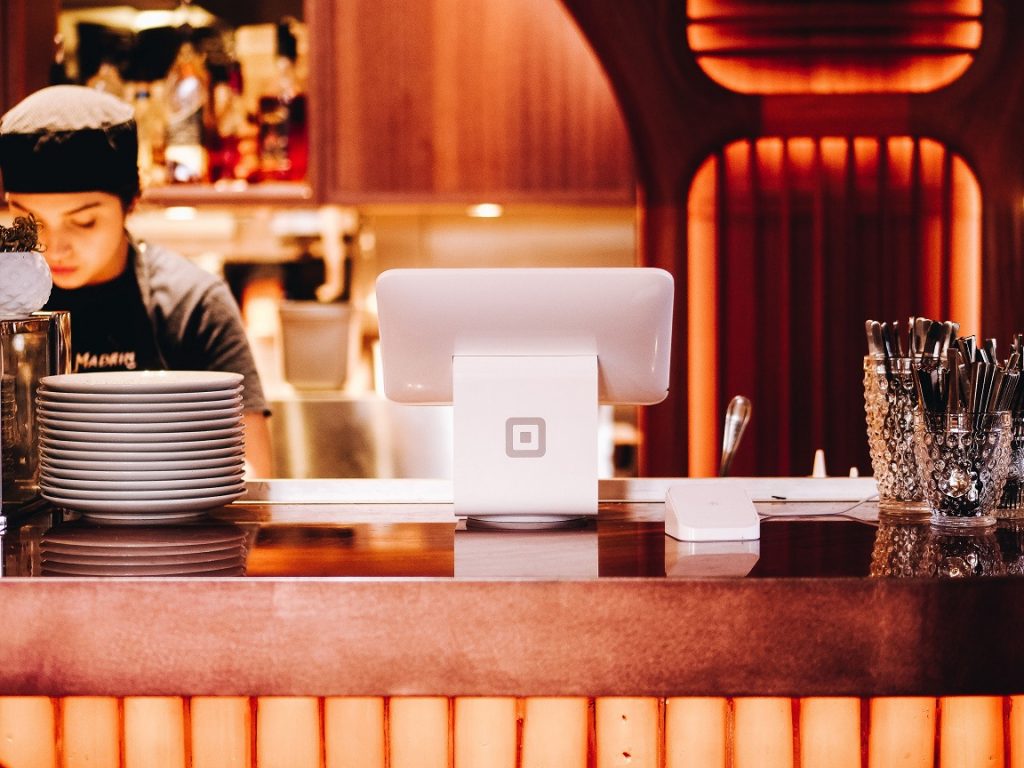Best Asian Restaurant Islamabad: Experience Flavors from Across Asia
Best Asian Restaurant Islamabad: Experience Flavors from Across Asia
Blog Article
Savor Authentic Asian Cuisine With a Pan-Asian Twist for a Culinary Journey
Embarking on a culinary journey with genuine Eastern food, boosted with a Pan-Asian twist, uses an unique possibility to check out the abundant tapestry of flavors that specify the region's varied culinary traditions. This experience invites you to appreciate the charming equilibrium of preferences-- wonderful, salted, spicy, and sour-- balanced by fragrant natural herbs and flavors. Think of the innovative combination of Thai curry and ramen or the unanticipated joy of sushi burritos. As you contemplate these enticing meals, think about the social stories and historical influences that shape them, each bite supplying a tale waiting to be found.

Discovering Pan-Asian Flavors
In the realm of worldwide gastronomy, Pan-Asian food attracts attention for its amazing variety and the harmonious interaction of tastes from numerous Oriental societies. This culinary method commemorates the one-of-a-kind components and abundant traditions discovered across the continent, developing a tapestry of preferences that is both interesting and gratifying. Trick to Pan-Asian food is its capacity to balance different flavors-- wonderful, salted, spicy, and sour-- while highlighting the quality and quality of each ingredient.
From the umami-rich soy sauce of Japan to the intense chili peppers of Thailand, Pan-Asian food uses a substantial palette of flavors. These elements are usually integrated in innovative means, enhancing dishes with layers of intricacy. As an example, using aromatic herbs such as lemongrass and cilantro, typical in Vietnamese and Thai cuisine, includes a rejuvenating illumination to meals, while the incorporation of coconut milk provides a luscious, rich structure.
The emphasis on fresh fruit and vegetables and aromatic flavors guarantees that each meal is not just a feast for the palate yet likewise for the detects. Pan-Asian food invites diners to get started on a cooking trip, exploring the vast and differed landscapes of Eastern gastronomy with every bite.
Combination Recipes to Attempt
While Pan-Asian cuisine is celebrated for its typical flavors, the modern-day culinary landscape is significantly welcoming combination dishes that mix these classic aspects with influences from various other areas. This ingenious technique not only honors the abundant heritage of Asian cookeries but likewise presents novel taste experiences that appeal to contemporary tastes buds.
A prime example of such a combination dish is the Korean-Mexican taco, where seasoned bulgogi beef is covered in a warm tortilla, covered with kimchi and a spicy gochujang-infused salsa. This combination weds the vibrant, savory flavors of Korea with the vivid, fresh elements of Mexican cuisine. Similarly, sushi burritos have actually obtained appeal, integrating the fragile artistry of Japanese sushi with the passionate, hand-held convenience of a burrito, often including fusion components like tempura shrimp and avocado with a drizzle of wasabi mayo.
Another notable dish is Thai curry ramen, which instills the creamy, aromatic seasonings of Thai curry into the soothing brew of traditional Japanese ramen, developing an unified blend that tantalizes the senses. These blend dishes expand beyond plain uniqueness; they represent a culinary dialogue between cultures, encouraging expedition and technology on the planet of Pan-Asian cuisine.
Important Ingredients and Flavors
To absolutely value Pan-Asian food, one should understand the vital active ingredients and spices that form its foundation. This varied culinary style draws from an abundant tapestry of Oriental customs, utilizing an unified mix of flavors and textures.
Aromatic aspects are essential, with garlic, lemongrass, and ginger being ubiquitous throughout numerous Pan-Asian recipes. These active ingredients provide an aromatic base that boosts the intricacy of flavors. Spices such as celebrity anise, cardamom, and cinnamon introduce heat and personality, echoing influences from areas like China and India.

Food Preparation Methods and Tips
Understanding the art of Pan-Asian food needs familiarity with its distinct food preparation techniques, each adding to the lively tapestry of flavors this culinary custom is celebrated for. Central to these methods is the stir-fry, a fast food preparation method that maintains the dietary integrity and dazzling shades of components. Making use of a wok, the stir-fry approach permits even heat circulation, essential for achieving the particular appearance and taste balance of Pan-Asian recipes.
Another fundamental strategy is steaming, specifically prevalent in Chinese cuisine. This gentle method keeps the natural flavors and nutrients of components, making it ideal for fish and shellfish and vegetables. Dumplings, a precious staple, usually benefit from steaming, leading look here to soft, succulent textures.
Grilling, likewise important, passes on smoky midsts to recipes such as Oriental bulgogi or Japanese yakitori (best asian restaurant Islamabad). This strategy usually involves seasoning active ingredients, allowing flavors to pass through deeply prior to cooking over an open fire or warmer
Finally, understanding the art of balancing flavors-- sweet, sour, salted, bitter, and umami-- is essential. Properly layering these components can boost a dish from common to amazing, offering a complicated and satisfying culinary experience that embodies the significance of Pan-Asian food.
Dining Experiences Worldwide
Around the world, Pan-Asian food provides an exceptional eating experience, commemorated for its rich tapestry of flavors and vibrant presentations. This culinary phenomenon has transcended cultural borders, capturing the hearts and palates of food enthusiasts worldwide. In cosmopolitan cities like New York, London, and Sydney, Pan-Asian dining establishments offer as melting pots where culinary customs from Thailand, Japan, China, and past assemble, giving restaurants with a diverse mix of recipes that highlight the region's variety.
The worldwide appeal of Pan-Asian food depends on its capacity to use both credibility and technology. Chefs masterfully wed traditional components such as lemongrass, soy sauce, and miso with contemporary techniques, resulting in recipes that are both refreshingly brand-new and acquainted. This fusion allows diners to start a culinary journey that respects heritage while embracing modernity.
Furthermore, eating experiences are raised via thoughtfully created atmospheres that mirror the principles of Pan-Asian aesthetic appeals. From minimalist Japanese-inspired insides to vibrant Thai-themed areas, each dining establishment supplies an unique setting that complements the cooking offerings. Because of this, patrons are not merely taking in a dish yet partaking in a social experience, making Pan-Asian eating a genuinely global phenomenon.
Final Thought
The expedition of Pan-Asian food supplies a profound understanding of the elaborate interaction of tastes and culinary customs throughout Asia. By embracing fusion meals such as Thai curry ramen and sushi burritos, the culinary journey not only highlights the adaptability of traditional components but also showcases ingenious modern-day techniques. This gastronomic journey, enriched by cooking approaches and important spices, gives a special chance to value the social variety and cooking virtuosity that site that define Pan-Asian cuisine on a worldwide range.
Getting started on a culinary trip with genuine Asian food, enhanced with a Pan-Asian twist, offers a special possibility to check out the rich tapestry of tastes that define the region's varied culinary traditions.In the realm of global gastronomy, Pan-Asian cuisine stands out for its amazing variety and the harmonious interplay of flavors from various Asian societies. Key to Pan-Asian food is its ability to stabilize contrasting flavors-- wonderful, salted, spicy, and sour-- while highlighting the freshness and top quality of each active ingredient.

Report this page